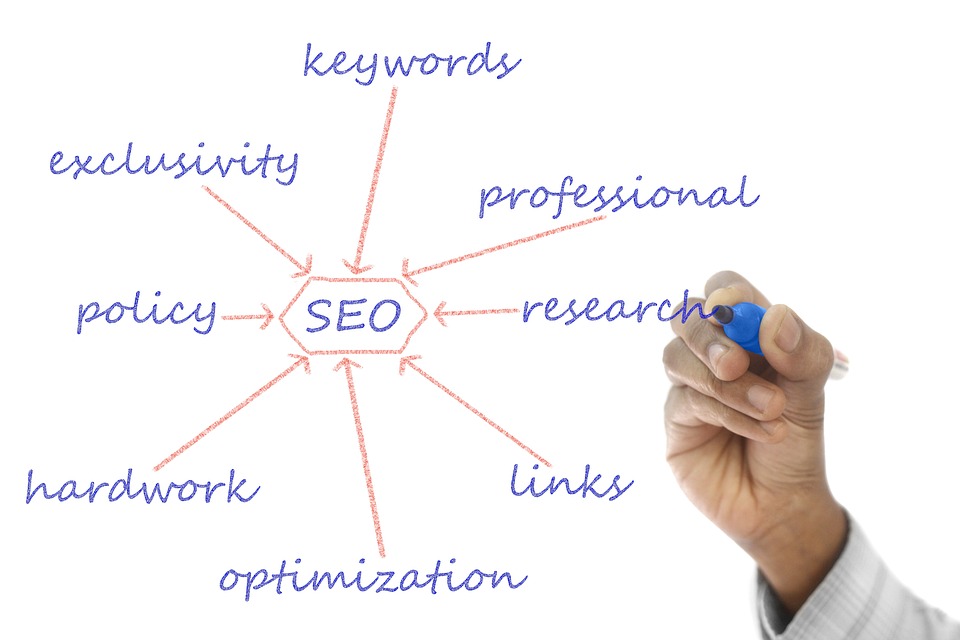The Ultimate Guide to Website Development: Unveiling the Key Steps and Best Practices
Are you ready to embark on an exciting journey of creating your own website? Whether you are a business owner, an entrepreneur, or simply someone with a passion for online presence, having a well-designed and functional website is crucial in today’s digital era. But where do you start? Fear not! This comprehensive guide will lead you through the essential steps and best practices of website development, ensuring that your online presence becomes a success.
Step 1: Define Your Goals and Target Audience
Before diving into the world of website development, it’s essential to have a clear understanding of your goals and who your target audience is. Are you looking to sell products, provide services, or share information? Identifying your objectives will help you shape your website’s design, content, and functionality to suit the needs and preferences of your audience.
Step 2: Choose the Right Platform and Hosting Provider
Selecting the right platform and hosting provider is crucial for a smooth website development process. Popular content management systems (CMS), such as WordPress, Joomla, or Drupal, offer user-friendly interfaces and a wide range of customizable templates. Additionally, choosing a reliable hosting provider ensures that your website remains accessible and secure at all times.
Step 3: Plan and Design Your Website
Now comes the fun part – planning and designing your website! Start by creating a sitemap, outlining the structure and navigation of your site. This helps visitors find what they’re looking for quickly and easily. Next, focus on the visual elements, such as color schemes, fonts, and images, that reflect your brand identity. Remember to keep the design clean, user-friendly, and mobile-responsive for seamless browsing across various devices.
Step 4: Develop and Test Your Website
Once you have your design ready, it’s time to bring it to life through coding. If you’re not familiar with coding languages like HTML, CSS, or JavaScript, consider hiring a professional web developer or using website builders that offer drag-and-drop functionality. During the development process, it is crucial to conduct regular testing to ensure that all features and functionalities work correctly on different browsers and devices.
Step 5: Create Engaging and SEO-Optimized Content
Content is king when it comes to website development. Craft compelling and informative content that engages your audience and encourages them to explore further. Remember to incorporate relevant keywords strategically to boost your website’s visibility on search engines. Additionally, optimize your content with meta tags, alt tags for images, and descriptive URLs to improve your website’s search engine ranking.
Step 6: Implement Analytics and Track Performance
To measure the success of your website and uncover valuable insights, it’s essential to implement web analytics tools like Google Analytics. These tools provide crucial data on website traffic, user behavior, and conversion rates. By analyzing this data, you can make informed decisions and continuously improve your website’s performance and user experience.
Frequently Asked Questions (FAQs):
Q1: How long does it take to develop a website?
A: The time required for website development varies based on the complexity of the project. A simple website can be created within a few days, while more complex websites with custom functionalities may take several weeks or months.
Q2: Can I update my website content by myself?
A: Yes, most content management systems allow you to easily update and manage your website content without any coding knowledge. This gives you the flexibility to keep your website up-to-date with new information or changes.
Q3: Should I hire a professional web developer or use a website builder?
A: The choice depends on your specific needs and budget. If you have limited technical knowledge or want a quick solution, website builders can be a viable option. However, hiring a professional web developer ensures a more customized and tailored website that meets your unique requirements.
Q4: How important is mobile responsiveness for my website?
A: Mobile responsiveness is crucial in today’s mobile-first era. With a significant portion of internet users accessing websites through mobile devices, having a mobile-responsive website ensures a seamless user experience and improves your website’s overall performance and search engine ranking.
Q5: How can I optimize my website for search engines?
A: To optimize your website for search engines, focus on incorporating relevant keywords in your content, meta tags, and URLs. Additionally, ensure your website loads quickly, has a clear site structure, and attracts high-quality backlinks from reputable sources. Regularly updating your content and monitoring analytics data also contribute to improved search engine optimization (SEO).
By following these key steps and best practices, you are well on your way to creating a successful website that captivates your audience and achieves your desired goals. Remember to continuously monitor and update your website to stay ahead in the ever-evolving digital landscape. Good luck!









